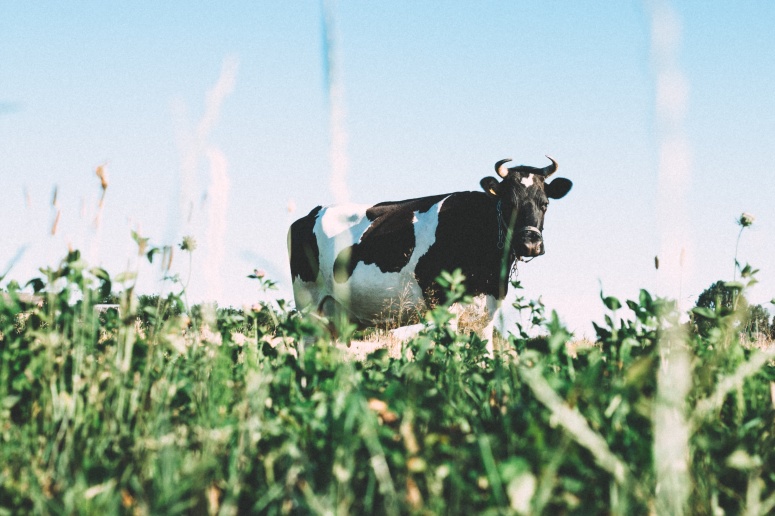WATERFOODIES
A new sustainable solution for the future of food and farming.
A new sustainable solution for the future of food and farming.
We are facing serious threats to our planet which was made clear at the Paris Summit in 2016. Movies, campaigns, celebrity people and more ways were used to make people aware of these threats to our planet. It’s a growing trend now to find ways how you can contribute to this cause which makes 2016/2017 the best time to launch a concept such as water farming.
Since 1998, the Netherlands has been hit by extreme rainfall and floods that damaged crops almost every other year. Most crops don’t survive being underwater for over 24 hours which makes them rot. This means that a growing number of vegetables in the supermarket are being imported from countries that often have a water shortage while the Netherlands has too much water. This means that we take away their water for our benefits while we should actually help them.

It’s estimated that one beef steak costs over 3.000 liter water the Institution of Mechanical Engineers (IME) states that
“to produce 1kg of meat requires between 5,000 and 20,000 litres of water”.
A farm crop with the same nutrients as that steak costs only 200 liter and often contains less calories. Water farming is hoping to take this back to 50 liters or less since crops can be harvested in water that’s already there in beeks, rivers, ponds and lakes.
But why will these plants thrive where others have failed?
Duckweed has been used for centuries in Asian cuisine and could be a good choice because of it’s exceptional growth rate. This plant can double it’s size in less than two days.
The plant also hosts a high nutritional profile. Duckweed has about 35 to 43 percent of crude protein – around the same concentration as dried soybean meal, 5 percent of polyunsaturated fats, 5 to 15 percent of fibre and tract amounts of carotene, xanthophyll, vitamin A and a host of other nutrients.
Since Duckweed is already in our current natural environment, it’s proven that it can flourish in the Netherland and most of European countries.
Watercress is another interesting option since it’s a native plant to Europe and Asia which are two markets we have our focus on. The plant belong to the superfood powerhouse group where it’s considered as number one for its nutritional punch. Watercress is rich in calcium, beta carotene and iron. It also contains a variety of vitamins and minerals including vitamins C, B1, B2 and E.
Furthermore, Watercress is linked to breast cancer prevention by a number of studies such as the American Journal of Clinical Nutrition(AJCN).
Also, a number of different Watercress farming methods are being formed and created according to Watercress Farms Inc. (WFI). Making this an option that has already been proven to succeed.
Click below to stay updated on information!
We found this awesome water spinach recipe, and thought what an easy way this recipe could be to explore the world of water foods! What you need: … Read more “Recipe | Water spinach and fermented soy beans”
Here are 5 types of edible water plants that you can include in your recipes and even grow yourself!
Contact us if you have any questions about waterfarming, waterfoods or our network! We will try to get back to you as soon as we can!